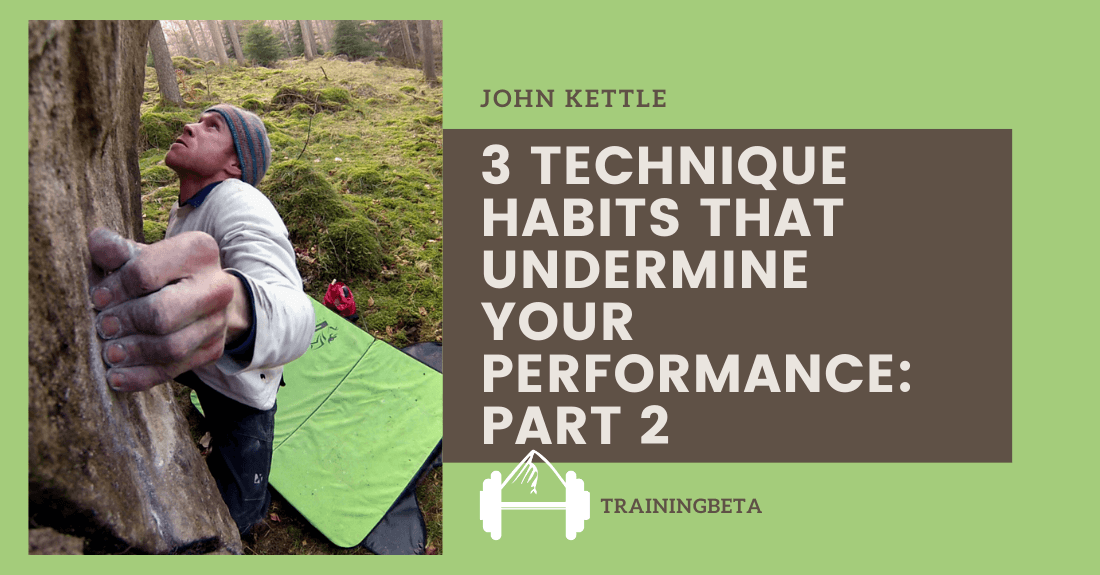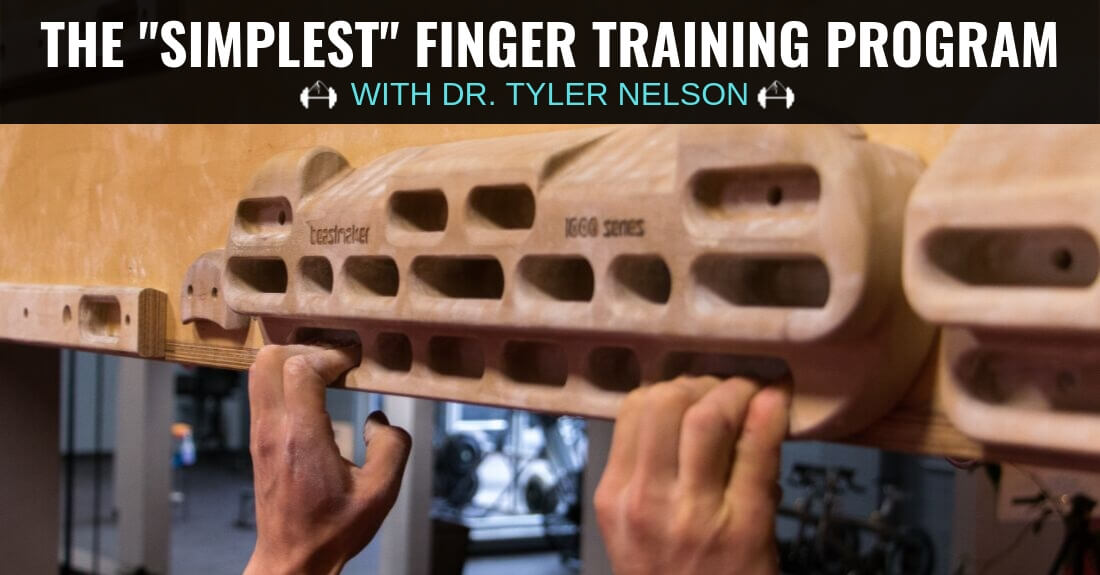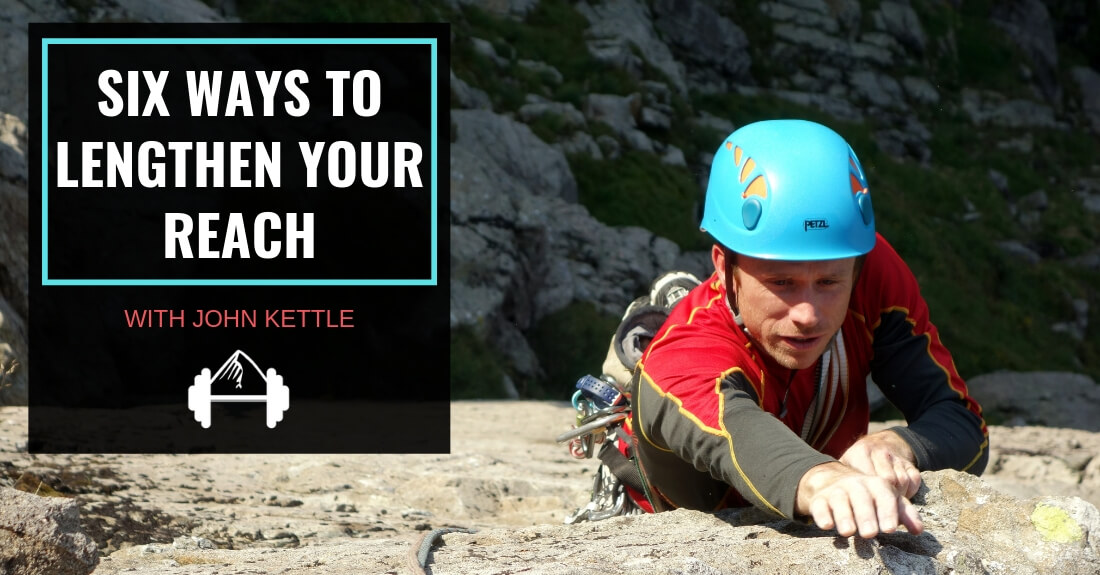This post was written by Seth Lytton, co-runner of TrainingBeta, training fanatic, and a pretty strong rock climber. He thinks warming up is important and I tend to agree with him, so here’s how to do it properly. Also, this post was written specifically for our Bouldering Strength and Power Program to help you warm up properly for the training sessions provided to you in that program. Check that out here.
Enter Seth…
It’s hard to make yourself properly warm up for a bouldering session. It’s just so much quicker and easier to walk up to your project, do a few pull ups (or not), and then start trying moves. Well, I can say from personal experience and from the experiences of many people I’ve trained with, that warming up is an essential part to both being able to try your hardest, and avoiding injury.
Consequences of Not Warming Up
Injuries from improperly warming up can span a broad spectrum, but to list a few: finger injuries (pulleys, joints, ligaments), leg injuries (hamstring injuries, calf-injuries, knee injuries), and upper body injuries (biceps tendonitis, elbow tendonitis, rotator cuff issues).
Anyway, this article isn’t about injuries: it’s about how to prevent them by warming up properly. Warming up lubricates your joints with synovial fluid and increases the elasticity of your muscles and tendons. Synovial fluid nourishes cartilage and lubricates the joint, which removes friction and ensures proper joint motion.
You can use a bouldering wall to warm up for either routes or boulder problems, and while the process is different, the result is the same: fewer injuries and better performance.
How To Warm Up for A Bouldering Session
To warm up for a bouldering session you want to start slowly. Depending on what type of problems you will be trying, it might be advisable to do more than just climbing for your warm up. For instance, if the problem you’re about to try has a really difficult heel hook, or a really deep drop-knee on it, you would want to make sure that your legs are properly warmed up. I have personally witnessed two people injure their knees while drop kneeing without properly warming up. To warm up your legs you can do something like air squats, or perform a lunge matrix like the one in this post.
After you have properly warmed up your legs, you’ll want to warm up your main climbing muscles. Making sure that you start slowly, begin by just hanging on a good hold. Then choose a couple problems that are mindlessly easy and climb them slowly and deliberately without doing any dynamic or difficult movements. Take some time and just stretch out your shoulders, your arms, your neck, and your back by hanging in different positions on jugs throughout the problems. Then rest for a couple minutes and choose a slightly more difficult problem. Ideally you will continue on in this fashion for a minimum of 15 minutes.
During that time, you would not climb any problem that’s within 2 number grades of your most difficult send. You also want to make sure that you’re choosing problems that you can do without falling. The goal as a V7 climber isn’t to find a heinous V5 and work on it. The goal is to find a V5 towards the end of your 15 min that you know you can do without falling, but that will challenge you.
An example progression for a V5 climber might look something like this:
- Hang on a jug for 30 seconds with feet on the wall. Focus on relaxing the shoulders. Do a couple slow pull ups using feet to assist.
- Climb 2 – 3 V0 boulder problems.
- Rest for 2 min.
- Climb a V1 boulder problem.
- Rest for 1 min.
- Climb 2 V2 boulder problems.
- Rest for 2 min.
- Climb a V3 boulder problem.
- Rest for 5-10 min.
- Start trying moves on your project. Or start your workout.
So this is just an example. Everybody is different, but it does illustrate the need to climb a large number of easier problems before trying something hard. I would also recommend not just trying your project from the beginning. Start by trying some of the easier moves individually and then give attempts from the start.
How do I know if I’m warmed up?
A good way to tell if you’re adequately warmed up for bouldering is if your hands feel loose. Your fingers shouldn’t feel stiff or achy, and your arms and shoulders should feel warm and limber. Everybody is different, and after warming up properly you might start to notice indicators of your own.
For me the biggest sign of being warmed up is really wanting to try hard. I’m not having to force my body to try harder on a move and I don’t feel timid going for a hold for fear of tweaking something. I wish that I could give you an amount of time that works best for me, but all I can say is it’s never less than 15 minutes and sometimes it’s as long as an hour before I’m able to try my hardest.
Use a modified version of the progression listed above and give yourself at least 15 minutes of easy climbing before trying hard. Pay attention to how it feels as you climb. Are you getting really pumped unusually quickly? You probably didn’t warm up well enough. Do you feel stiff and a little achy? You probably didn’t warm up well enough. As you listen to your body more and more, you’ll get a better idea of your optimal warm-up period.
Photo Credit
The one and only Andy Mann at andymann.com
About Seth Lytton, TrainingBeta’s In-House Training Fanatic and Tech Guy
 This post was written by Seth Lytton (Neely’s husband,), whose climbing accomplishments include 5.14s and V11s due to taking his own advice above. He has spent the last 13 years of his life climbing and has developed a serious interest in the nuances and research behind training.
This post was written by Seth Lytton (Neely’s husband,), whose climbing accomplishments include 5.14s and V11s due to taking his own advice above. He has spent the last 13 years of his life climbing and has developed a serious interest in the nuances and research behind training.
Seth is an integral part of TrainingBeta, making things work smoothly and look pretty on the site (he has a degree in design as well as computer science).





[…] that you wouldn't normally do. It could be a good idea to push your body to the limit with a rock climbing session or why not do a Beyonce-themed dance class! Doing something you would never normally do can do […]